|
More than 99.9% of Iowa's native prairies have been been removed from the land. Of the remaining <0.1%, more than half is located in the steep Loess Hills landform of western Iowa. Prairies evolved over thousands of years with regular fire regimes set by native peoples and lightning. Large ungulates like bison also roamed the prairies, grazing grasses and forbs. Since European settlement in the 19th century, the fires and grazers have largely been eliminated from the landscape. In recent years, fire has seen a resurgence as an important tool for prairie, savanna, and woodland restoration and management.
Partners from Iowa Department of Natural Resources and local county conservation boards joined to help burn hundreds of acres of public and private lands in Monona County on April 30, 2020.
The annual Loess Hills Cooperative Burn Week had been scheduled for this week but was postponed due to COVID-19. Burn Week partners are still making the best of available resources, and conservation agencies regularly collaborate to assist with burns on both public and private lands throughout the Loess Hills. After an overview of the plan for the day and weather conditions that morning, three squads separated to their respective units. Firefighters used drip torches to light areas within the fireline, including both woodlands and grasslands. Roads, water bodies, and mowed paths are often used for firebreaks to contain the fire.
Without fire and grazing, eastern red cedar (juniperus virginiana) can take over and crowd out other species. Although these cedars are a native species, they rapidly become invasive without proper management.
Cool-season grasses like brome that were planted as pasture for livestock can also take over native prairies.. Brome does not have the same habitat value as a diverse remnant prairie. Cool-season grasses green up earlier than warm-season grasses. Burning in spring can set back the cool-season grasses that have started to green up, and help natives recolonize an area.
Perennial native vegetation is fire adapted so burning does not kill it. Native plants burn more quickly and thoroughly than brome pastures. Flowering plants in the burn unit will bloom slightly later in the season than in unburned portions which extends availability of nectar resources for pollinators. Many flowering plants will have more flowers and seed production during the year of the burn (=more nectar resources and more food resources). In woodlands and savannas, bur oak trees are fire-adapted but many shade-tolerant species are not. Prescribed fire favors native oaks by removing seedlings of other shade tolerant species like hackberry. This time of year, people may wonder about the effects of fire on grassland ground-nesting birds. Since they evolved with the prairie and fires, they have strategies to adapt and are very persistent re-nesters. If they lose a nest to a fire, they will re-nest. In order to keep the whole grassland functioning long term, prescribed fire is necessary along with some short term-losses of nests. Natural areas are broken up into units so that the whole area doesn't have fire at the same time. A burn unit may only see one fire every 3-7 years, though some areas are burned more frequently.
To protect crop land near the burn units, corn stubble was removed from the outer edge of fields. Much of the prairie to be burned is on top of the Loess Hills ridges, while lower areas are cultivated rowcrops. The blackened area won't last long, as green prairie plants will begin to dot the landscape within a few days.
The diversity of the burn unit offered ample opportunities to see how fire behavior varies with fuel, topography, and weather changes. When a large brush pile caught fire in a ravine, flame lengths reached 30 or more feet! Most of the fires, however, were only a few inches to a few feet tall.
In addition to the ecological and wildlife habitat benefits, prescribed fires help maintain the unique Loess Hills scenery along the viewshed of the Loess Hills National Scenic Byway. This fire was located on the Wilderness Loop of the byway in Monona County, which includes some of the most rugged and remote parts of the state. Firefighters posted signs on the road to warn drivers of possible smoke, and to let people know that the fires are intentional.
While you're out exploring the Loess Hills this spring, don't be surprised if you see smoke and flames. It is probably a prescribed fire being used to restore our fragile and globally-significant Loess Hills!
For more information about prescribed fire in the Loess Hills, visit the Loess Hills Alliance's Stewardship Committee web page.
1 Comment
Scott Janning
1/1/2024 01:50:21 pm
How can I get a prescribed burn on my property set up for spring of 2024?
Reply
Leave a Reply. |
Archives
June 2024
Categories
All
|
Address712 South Highway Street
P.O. Box 189 Oakland, IA 51560 |
ContactPhone: 712-482-3029
General inquiries: [email protected] Visit our Staff Page for email addresses and office hours. |
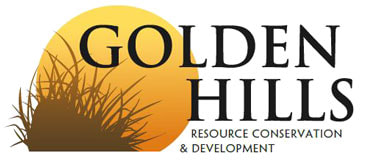
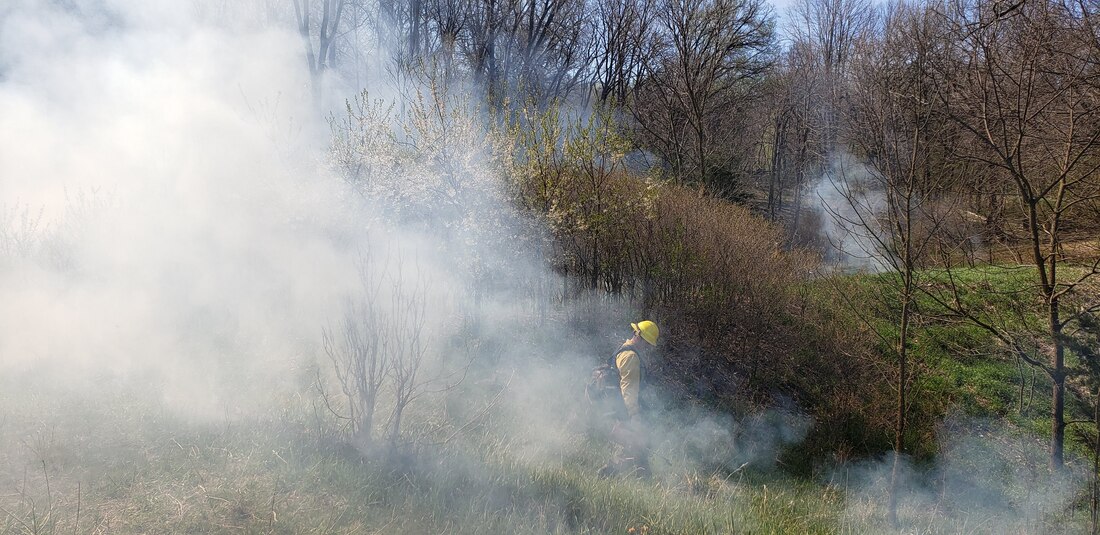
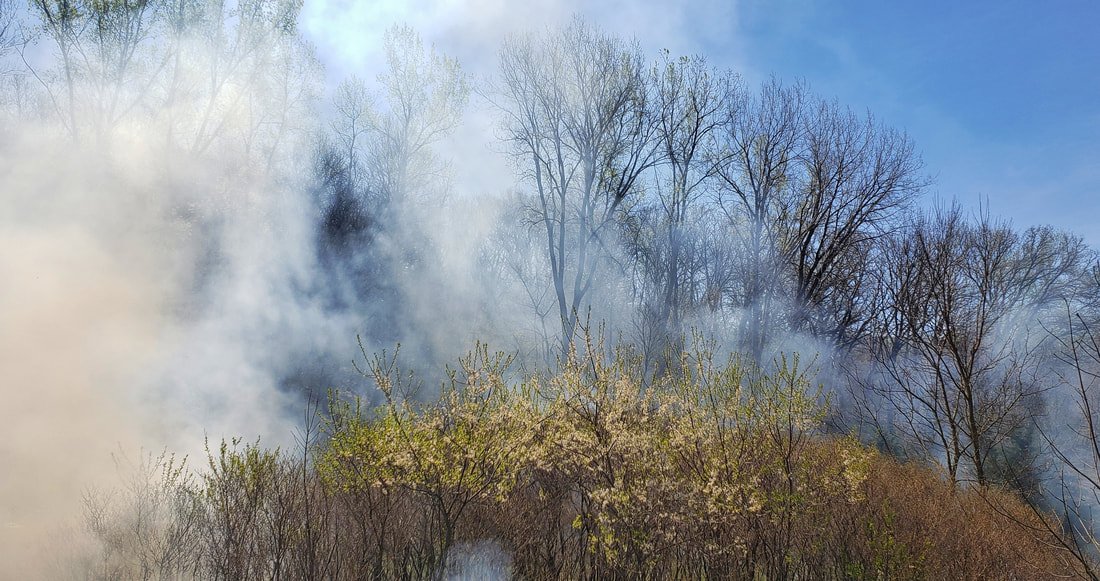
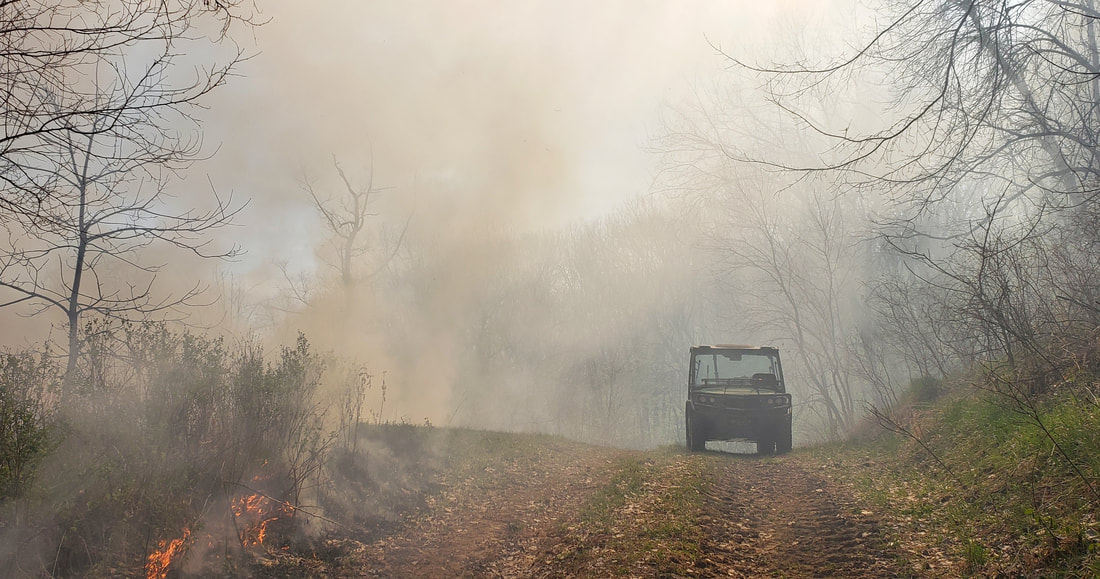
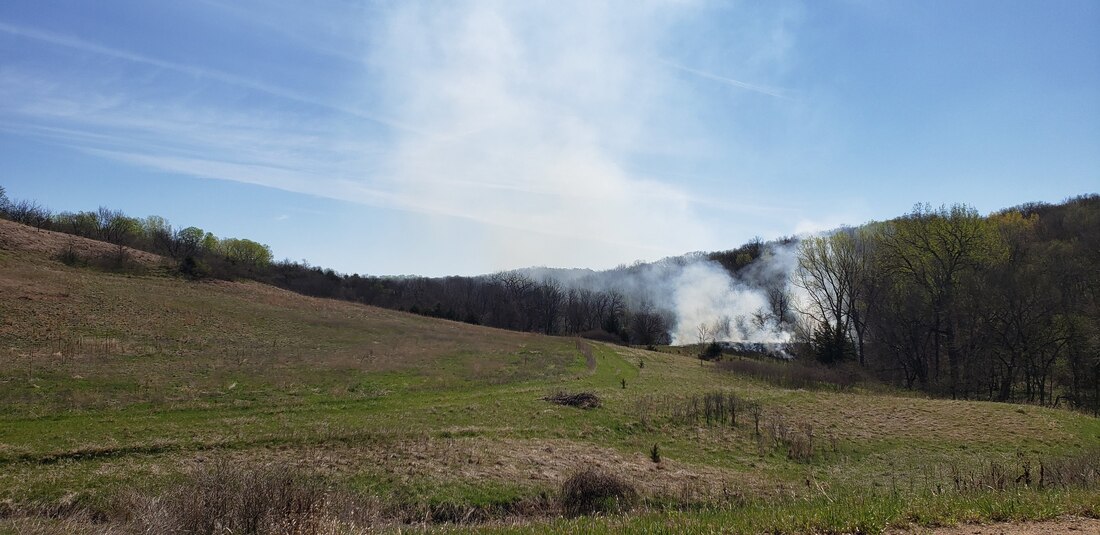
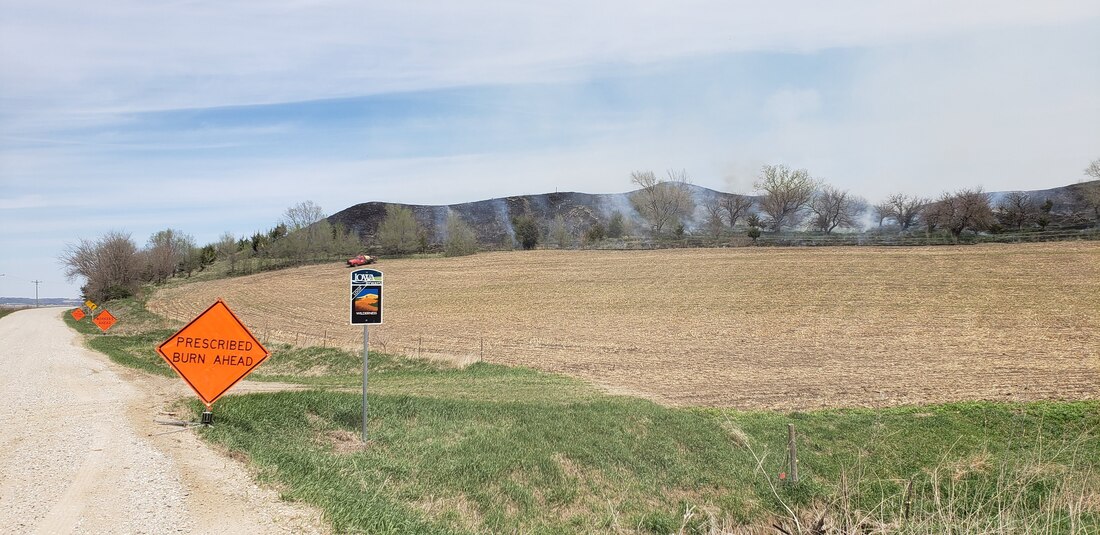
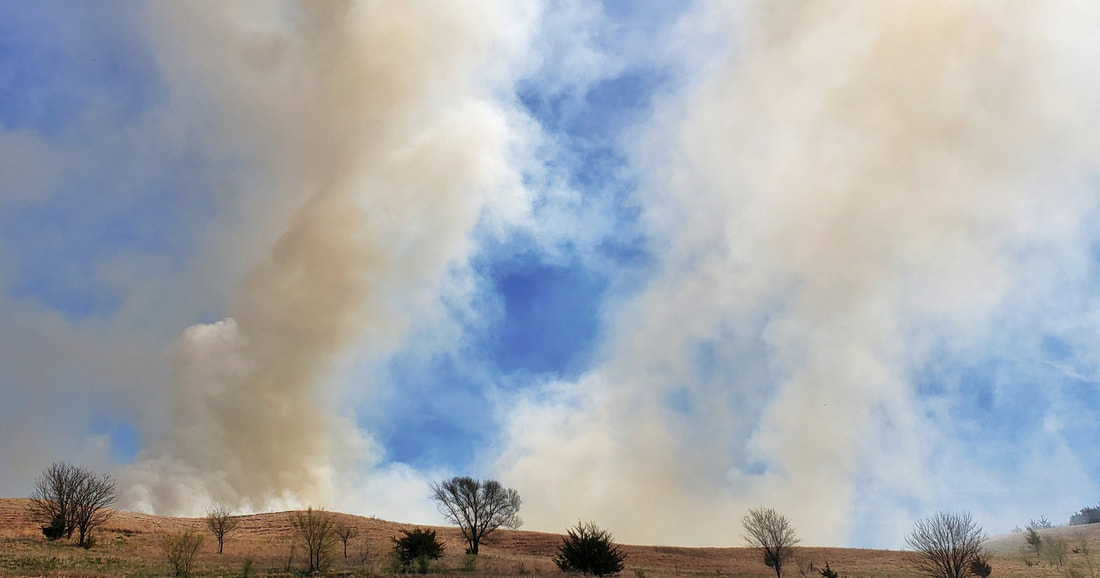
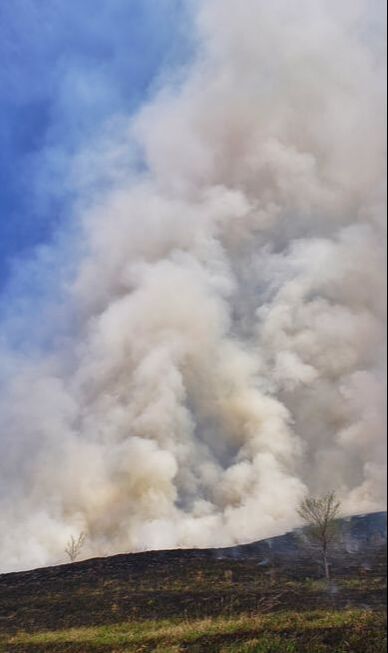
 RSS Feed
RSS Feed